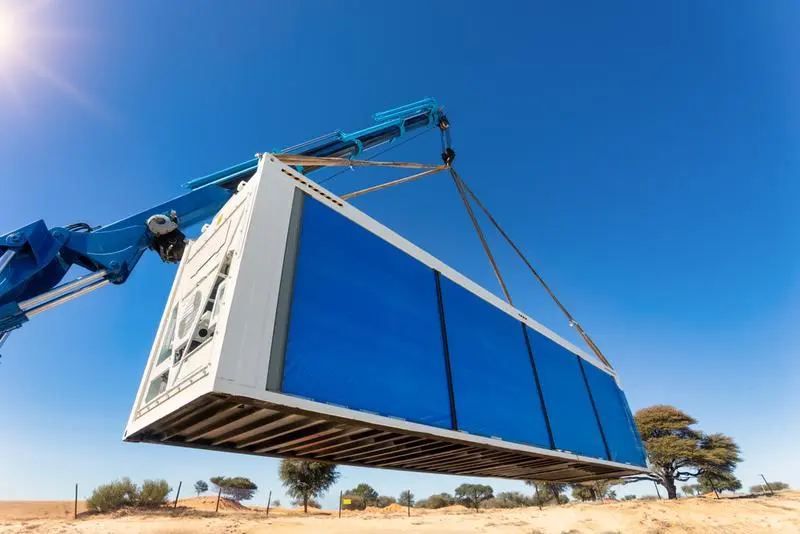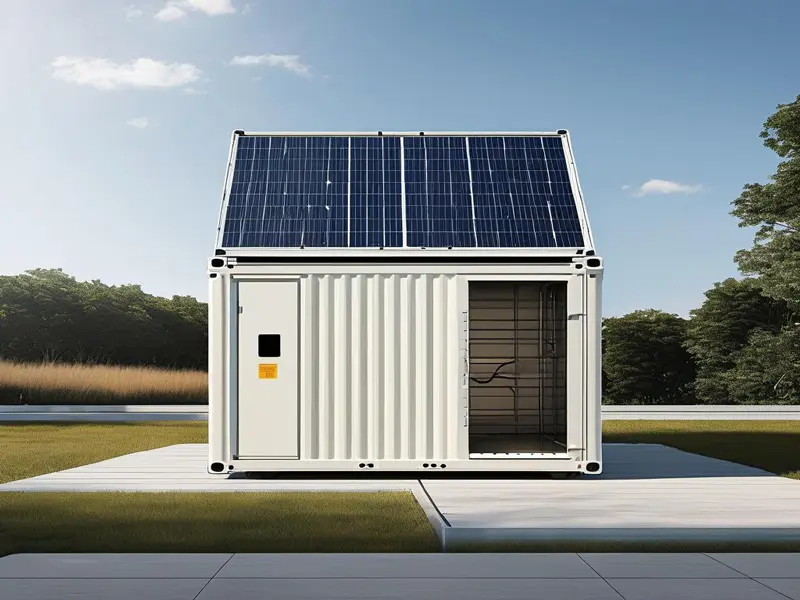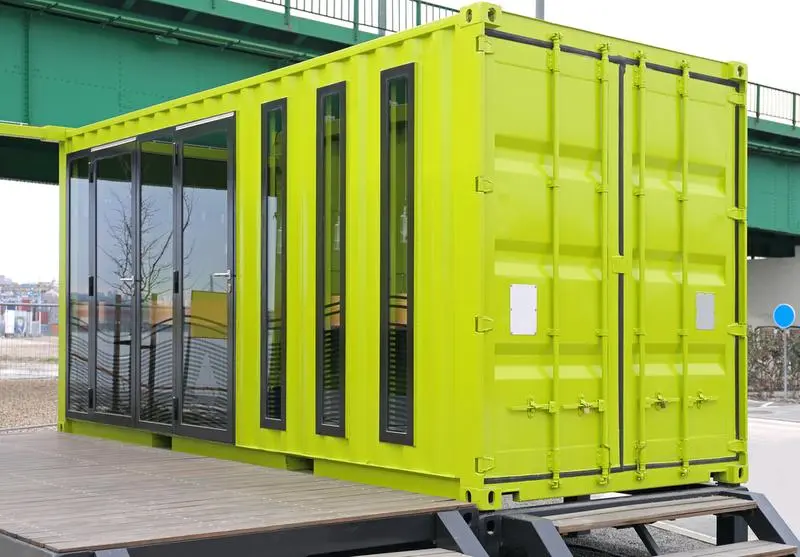Spoiler alert: You'd probably guess it's way more expensive—or way easier—than that.
You're dreaming about going off-grid or living more simply in a repurposed shipping container home. But wait: how much does it actually cost to power it with solar? If you're searching for "how much is solar for container home," chances are you're not alone.
So, grab a cup of coffee, and let's unpack the real cost, compromise, and surprising facts about solar-powered container dwelling.
Who's Asking—and Why It Matters
This isn't for Google's search bar. It's being asked by real people like:
- Young couples building a budget tiny house
- Off-grid residents creating durable, self-sufficient homes
- Disaster relief planners looking to deploy mobile solar housing
- Eco-conscious developers creating low-carbon prefab modules
Regardless of who you are, the crave's the same: freedom, toughness, and energy independence.
The catch? Solar for container homes isn't a "one-size-fits-all" deal. The cost? It depends on more than a handful of glittery solar panels.
Let's Get Down to Business: What Does "Solar" Actually Include?
Before we assign a price tag, let's dissect what's actually included in a solar system for a container home:
A Complete Solar System Includes:
- Solar panels(monocrystalline more appropriate for tight spaces)
- Battery bank(typically LiFePO₄ for safety + longevity)
- Inverter(to power-converting DC to usable AC power)
- Charge controller(manages charging efficiency + battery protection)
- Cables, mounts, and safety disconnects
- (Optional) Smart EMS (Energy Management System)for remote control
Think of building a small power plant. Every piece has a purpose—and doing it the inexpensive way actually ends up being more expensive in the long run.

Average Cost Ranges (Spoiler: It's Not Just the Panels)
So, how much does solar cost for a container home? Here's what most folks pay based on their energy needs:
| Energy Use Level | Estimated Cost Range | Notes |
| Basic (lights, phone, laptop) | $3,000 – $5,000 | 1.5–2 kW panels + minimal battery |
| Moderate (fridge, WiFi, fans) | $6,000 – $9,000 | 3–5 kW system + 5–10 kWh battery |
| High (AC, washing, tools) | $10,000 – $15,000+ | Full energy independence |
These are approximation numbers. Personalization, shipping location, mounting specifications, and even government incentives can tip the amount.
Case Study: A Baja California Coastal Off-Grid Retreat in a Shipping Container
A couple converted a 20-foot shipping container into a beach off-grid retreat. Their solar array was made up of:
- 4x 400W monocrystalline panels
- 8kWh LiFePO₄ battery
- 3kW hybrid inverter
- Basic EMS dashboard
Total cost (labor included): $8,200
But here's the twist: they salvaged 40% through government rebates and local clean energy tax credits.
Key Factors That Influence Cost
Want to fine-tune your expectations? These are the biggest cost drivers:
- Energy Consumption
The more appliances, the more panels and batteries you’ll need.
- Battery Quality
LiFePO₄ batteries last 4,000+ cycles but cost more upfront.
- Off-Grid vs Grid-Tied
Want to disconnect from the grid entirely? Expect to pay extra for autonomy.
- Location & Sunlight
Alaska ≠ Arizona. Your system will need to be bigger in cloudier or higher-latitude areas.
- Pro vs DIY
It's more affordable to do it yourself—until disaster strikes (or worse).
"Wait—Why Not Just Use a Generator?"
Good point. Let's play devil's advocate:
| Feature | Solar System | Diesel Generator |
| Fuel | Free (sunlight) | Constant refueling needed |
| Maintenance | Low | High |
| Noise & Smell | Quiet + scentless | Noisy + pungent |
| Carbon Emissions | Zero | High |
| Long-Term Cost | Lower | Higher |
So unless you're producing your own '90s action flick in your backyard, solar's likely the smarter long-term option.

Industry Trend Alert: Solar Containers Are Smarter
By 2025, we see more container homes with:
- Fold-out panelsthat capture more sun without taking up extra roof space
- AI-based EMSfor best usage and predicting energy loads
- Hybrid-capable portsto offer backup hydrogen or grid power
- Prefab plug-and-play solar modules—literally power-on-arrival
It's no longer about sustainability—it's about intelligent energy independence.
Question Time: What Would You Need?
If you were unable to be plugged into the grid for 30 days living out of your container house, what would you merely have to keep operating—no doubt?
Lighting? WiFi (Internet)? Coffee machine? (Really?)
Once you jot that down, you'll have a clearer vision of the system size—and price—you'll need to buy.
Another Real-World Example: Mobile Clinic in South Africa
With the support of an NGO, a solar-powered container clinic was deployed into a remote community. Their solar build:
- Powered medical fridges 24/7
- Enabled air conditioning and diagnostics
- Provided internet connectivity for telehealth
- Functioned reliably for over 18 months with no diesel
Their whole system cost? $14,600. But in saved diesel + downtime? It paid for itself in 11 months.
So, Is It Worth It?
Let's be practical—solar on a container home is not pocket change. But when you do the math:
- Long-term savings
- Energy independence
- Less maintenance
- Peace of mind during a grid outage
…it's a pretty great investment.
Would you rather worry about gas tanks and power outages—or just let the sun do it?

